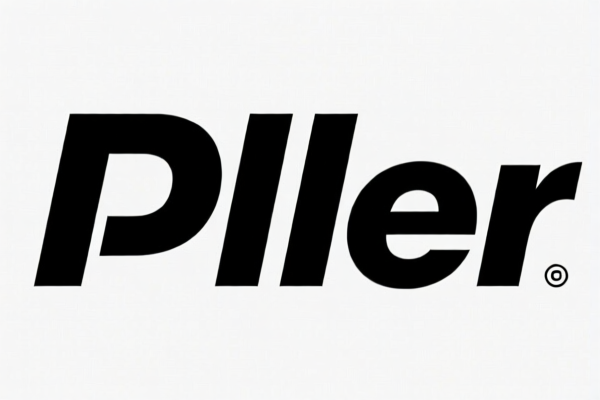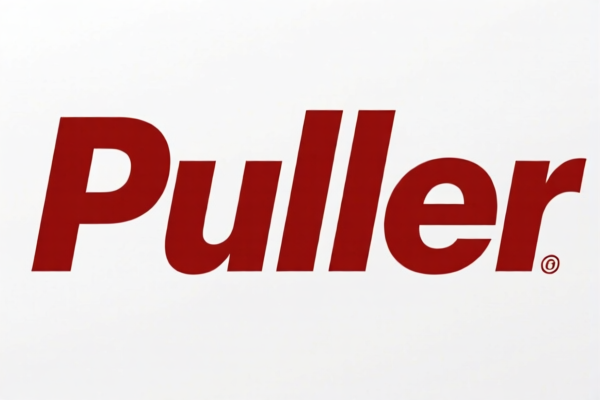| HS Code | Official Doc | Tariff Rate | Origin | Destination | Effective Date |
|---|---|---|---|---|---|
| 8425110000 | Doc | 55.0% | CN | US | 2025-05-12 |
| 8425190000 | Doc | 55.0% | CN | US | 2025-05-12 |
| 8479899560 | Doc | 32.5% | CN | US | 2025-05-12 |
| 8479899560 | Doc | 32.5% | CN | US | 2025-05-12 |




Puller
A puller is a tool used to remove components – typically bearings, gears, pulleys, or other fitted parts – from shafts, housings, or other machinery. They are employed when the component is tightly fitted and cannot be easily removed by hand or with simple levers.
Material
Pullers are commonly constructed from the following materials:
- Carbon Steel: Offers high strength and is suitable for general-purpose applications. Often heat-treated for increased durability.
- Alloy Steel: Provides superior strength and resistance to wear, making them ideal for heavy-duty tasks and demanding environments.
- Chrome Vanadium Steel: Known for its exceptional toughness and resistance to corrosion, often used in high-quality puller sets.
- Aluminum Alloy: Used for lighter-duty applications where weight is a concern.
Purpose
The primary purpose of a puller is to apply controlled force to extract stuck or tightly fitted components without damaging the component itself or the surrounding machinery. This is crucial in maintenance, repair, and assembly operations.
Function
Pullers function by providing a mechanical advantage. They typically consist of:
- Jaws/Arms: These grip the component being removed. Different jaw designs are available for various component shapes and sizes.
- Center Screw/Bolt: This applies the pulling force when rotated.
- Spreader/Crossbar: This distributes the force evenly across the jaws.
- Frame/Body: Provides structural support and allows for force application.
Usage Scenarios
Pullers are used in a wide range of applications, including:
- Automotive Repair: Removing pulleys, gears, bearings, and other components from engines, transmissions, and axles.
- Mechanical Maintenance: Extracting bearings from electric motors, pumps, and other machinery.
- Construction & Heavy Equipment Repair: Removing fitted parts from heavy machinery components.
- Manufacturing & Assembly: Installing or removing components during the manufacturing process.
- Motorcycle Repair: Removing flywheels, clutches, and other components.
Common Types
Several types of pullers are available, each suited for specific applications:
- Two-Jaw Puller: The most common type, used for general-purpose applications. Grips the component on two sides.
- Three-Jaw Puller: Ideal for removing gears, pulleys, and other components with internal features. Provides a more secure grip.
- Internal Puller: Designed for removing components from within a bore or housing.
- Bearing Separator Puller: Specifically designed for separating bearings from shafts or housings. Often includes multiple arms for different bearing sizes.
- Gear Puller: Specifically designed for removing gears, often with specialized jaws to prevent damage to the gear teeth.
- Universal Puller: A versatile type that can be adapted to various applications with different attachments.
- Mini Puller: Small pullers used for delicate or small components.
The declared goods are described as a “repair the puller”. Based on this description, the following HS codes are potentially applicable:
- 8425110000: Pulley tackle and hoists other than skip hoists; winches and capstans; jacks: Pulley tackle and hoists other than skip hoists or hoists of a kind used for raising vehicles: Powered by electric motor. This code applies to powered pulley tackles and hoists used for repair, assuming the puller utilizes an electric motor.
- 8425190000: Pulley tackle and hoists other than skip hoists; winches and capstans; jacks: Pulley tackle and hoists other than skip hoists or hoists of a kind used for raising vehicles: Other. This code applies to non-powered pulley tackles and hoists used for repair.
- 8479899560: Machines and mechanical appliances having individual functions, not specified or included elsewhere in this chapter; parts thereof: Other machines and mechanical appliances: Other: Other Automotive maintenance machines. This code applies if the puller is considered an automotive maintenance machine with individual functions not specified elsewhere.
HS Code Breakdown:
- 84: Chapter 84 covers nuclear reactors, boilers, machinery and mechanical appliances; parts thereof.
- 25: Heading 8425 specifically covers pulley tackle and hoists, winches, and capstans, jacks.
- 110000 / 190000: These subheadings further classify pulley tackles and hoists based on power source (electric motor vs. other).
- 8479: Heading 8479 covers machines and mechanical appliances with individual functions not specified elsewhere.
- 899560: This subheading classifies other automotive maintenance machines.
Tax Rate Information:
- 8425110000 & 8425190000: Both have a base tariff of 0.0%, a surcharge of 25.0%, and a surcharge of 30.0% after April 2, 2025, resulting in a total tariff of 55.0%.
- 8479899560: Has a base tariff of 2.5%, a surcharge of 0.0%, and a surcharge of 30.0% after April 2, 2025, resulting in a total tariff of 32.5%.
Customer Reviews
No reviews yet.